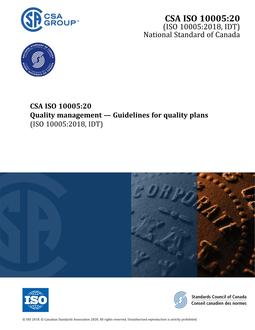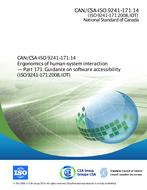-
-
Available Formats
- Availability
- Priced From ( in USD )
-
Available Formats
-
- Secure PDF 🔒
- Immediate download
- $210.00
- Add to Cart
-
- Printed Edition
- Ships in 1-2 business days
- $210.00
- Add to Cart
Customers Who Bought This Also Bought
-

CAN/CSA-ISO 10005:20
Priced From $160.00 -

CAN/CSA-ISO 9241-171:14 (R2024)
Priced From $196.00 -

CAN/CSA-ISO 26722:16
Priced From $185.00 -

CAN/CSA-ISO 9241-129:19
Priced From $190.00
About This Item
Full Description
This is the first edition of CSA ISO 19901-9, Petroleum and natural gas industries — Specific requirements for offshore structures — Part 9: Structural integrity management, which is an adoption without modification of the identically titled ISO (International Organization for Standardization) Standard 19901-9 (first edition, 2019-07).
Standards development within the Canadian Offshore Structures sector is harmonized with international standards development.
This Standard has been developed in compliance with Standards Council of Canada requirements for National Standards of Canada. It has been published as a National Standard of Canada by CSA Group.
Scope:
This document specifies principles for the structural integrity management (SIM) of offshore structures subjected to known or foreseeable types of actions.
This document specifies requirements and provides recommendations applicable to the following types of fixed steel offshore structures for the petroleum and natural gas industries:
- caissons, free-standing and braced;
- jackets;
- monotowers;
- towers.
This document contains requirements for planning and engineering of the following tasks:
a) integrity management data requirements;
b) in-service inspection and integrity management of both new and existing structures;
c) assessment of existing structures;
d) evaluation of structures for reuse at different locations;
e) evaluation of structures for their future removal.





